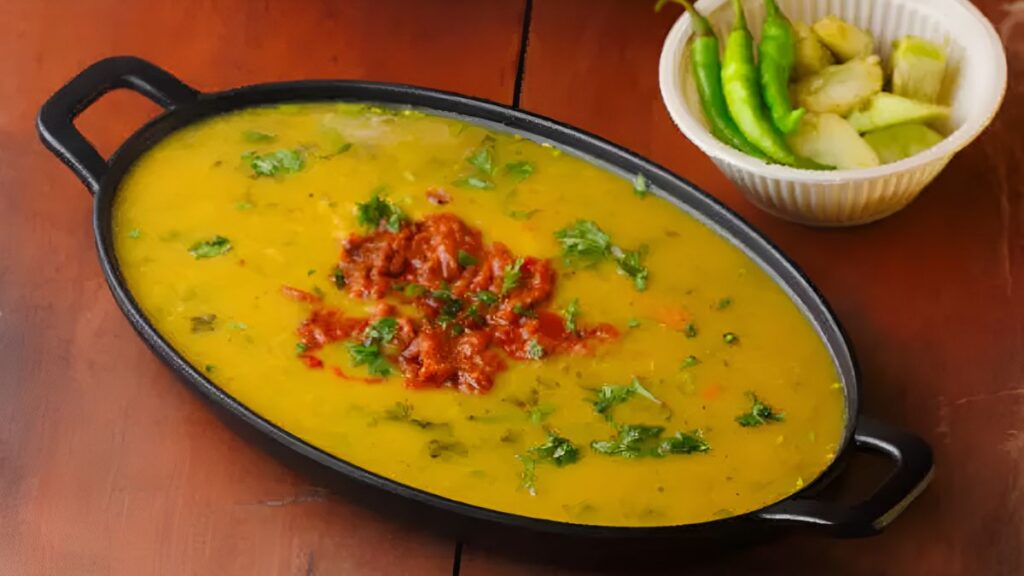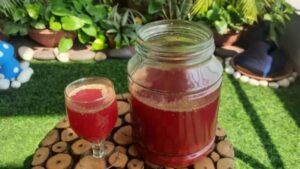How Long Should You Soak Different Dals Before Cooking for Better Digestion and Less Gas

We all love a comforting bowl of dal, but the bloating and gas that can follow? Not so much. The secret to a delicious and gut-friendly legume dish isn’t just in the cooking, it’s in the preparation. This practical Dal Cooking Guide breaks down the soaking process for popular dals to help you enjoy your meals without the discomfort.
Why Soaking is Your Secret Weapon
Before we dive in, let’s understand the “why.” Dals and legumes contain complex sugars and starches that are difficult to digest. Soaking helps break these down, making the dals easier to cook, significantly more digestible, and far less likely to cause gas. For best results, always discard the soaking water and give them a good rinse before cooking.
The Heavyweight Legumes: Rajma & Chole
While not technically dals, these protein-packed staples are essential to any Dal Cooking Guide.
- Rajma (Kidney Beans): These require the most patience. A long, generous soak of at least 8-12 hours (ideally overnight) is non-negotiable. In cooler weather, they might need even longer. Skipping this will leave you with tough beans and a heavy stomach.
- Chole (Chickpeas): Just like rajma, chole demand a lengthy soak. Aim for 8-10 hours or overnight to ensure they soften properly and become gentle on your digestion.
Pro Tip: For these two, changing the soaking water halfway through can help flush out even more of those gas-causing compounds.
The Common Dals: Toor, Moong, and Masoor
These everyday dals are quicker to prepare but still benefit greatly from a good soak.
- Toor Dal (Split Pigeon Pea): A staple in many households, toor dal cooks faster than whole legumes. Soaking for at least 1-2 hours is sufficient to reduce cooking time and improve digestibility.
- Moong Dal (Split Mung Bean): This is one of the easiest-to-digest dals. A quick soak of 30 minutes to 1 hour is plenty. You can even cook it without soaking, but a brief soak helps it cook more evenly.
- Masoor Dal (Red Lentils): The quickest-cooking of the bunch, masoor dal doesn’t require soaking. However, a brief 15-30 minute rinse and soak can help remove any dust and make them even softer when cooked.
The Whole Legumes: Whole Urad & Moth Bean
- Sabut Urad Dal (Whole Black Gram): Famous for dishes like dal makhani, whole urad has a thick skin and is very dense. It requires an extended soak of 6-8 hours or overnight to become tender and digestible.
- Moth Bean (Matki): Often used in sprouting, moth beans should be soaked for 6-8 hours to soften them for cooking or to encourage sprouting.
By following this simple Dal Cooking Guide, you can transform your meals. A little planning with soaking leads to perfectly cooked, flavorful dals that are truly a joy to eat, and digest!









